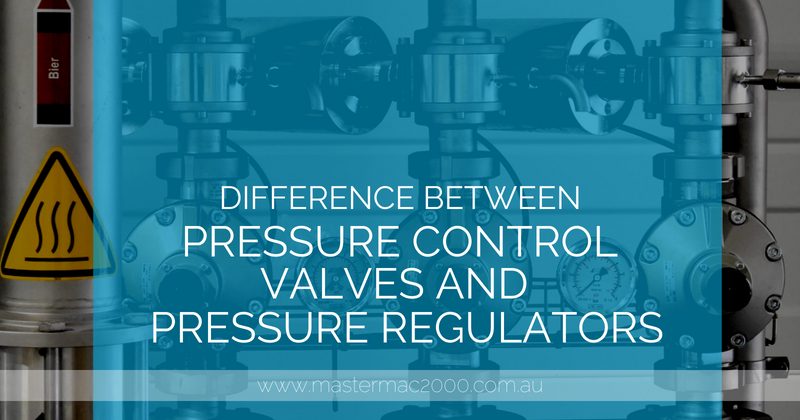Difference Between Pressure Control Valves and Pressure Regulators

In the automation industry, understanding the differences between the pressure control valve and pressure regulators can be crucial. Each of these equipment provides equal importance but functions in different ways. It’s essential to understand their functions to be knowledgeable about both solutions to avoid any process problems. Here are their differences.
The difference
To understand their differences, we should look into their every component. In most cases, a typical control loop allows pressure control valves to execute a range of process variables. Variables that are measured are usually the pressure, temperature, flow and the level. The process control variable is measured by a transmitter or sensor that is sent to a host control system. Distributed Control System (DCS) is responsible for analysing how the valve will respond to a deviation from the setpoint value.
Pressure control valves are suitable for applications that require reducing pressure to a cylinder, while pressure regulators function to maintain a pre-set downstream pressure. However, in operations, pressure regulators are defined as process-powered valves without the need of air source or external power to operate. A regulator typically applies pressure for the controlled process fluid against a diaphragm.
However, if there are changes in the controlled pressure, the diaphragm is required to move. This will cause the flow area of the regulator to change that allows process liquid to flow more or less. The use of process fluid pressure is mostly for control which makes regulators functional as pressure control valves.
Control valves are on the inlet side which allows handling the same pressure outside a valve. Regulators may have a lower pressure rating as the process fluid pressure is being applied directly to the casing of the diaphragm. Regulators are much faster compared to control valves as it’s response speed is faster. It can also respond quickly to changes in the controlled pressure.
Installation
Pressure control valves are designed for the use of a cylinder or a valve output where reducing of pressure is required. For a rapid reverse flow, a high volume check valve is built. It is also good for the continuous flow of applications as a reverse flow is not required.
Pressure regulators are installed before a valve to allow the pre-set pressure to flow downstream to other volume or cylinder. This will ensure that the regulator will not be exposed to reverse flow or not be cycled.
It’s essential to understand the differences and functions of pressure control valves and pressure regulators. This will allow you to be knowledgeable between their main functions especially to each component.
